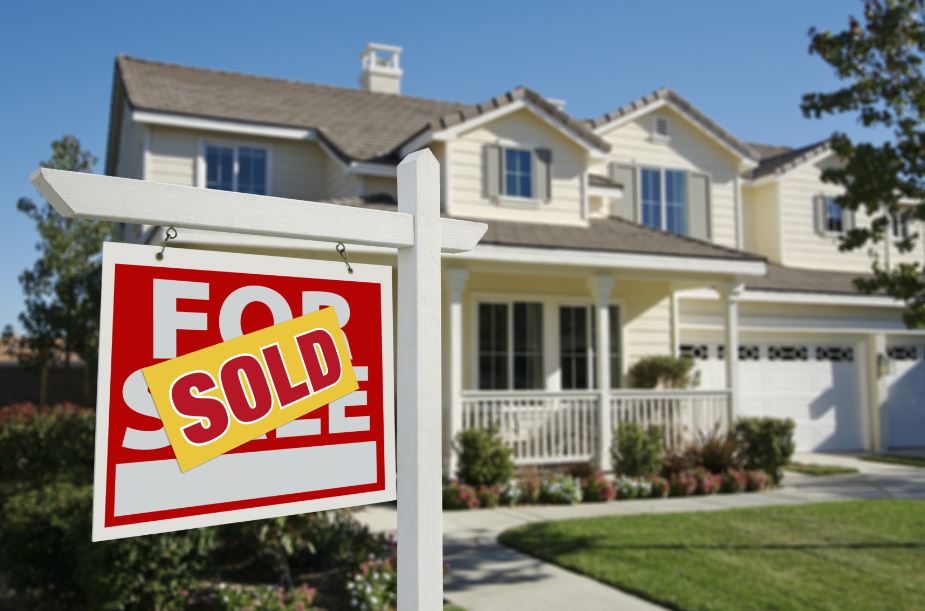Here are some items to consider before taking on one of the new, low-down-payment loans on the market.

If you’re weighing your down payment options before diving into a home purchase, here are a few things to consider.
What are the types of no- or low-down-payment loans?
There are several no- or low-down-payment loan options available for a wide array of financial situations. We’ll highlight just a handful.
VA loans: Reserved for active-duty and honorably discharged service members, reserves, National Guard members with at least six years of service, and spouses of service members killed in the line of duty, VA loans require 0% down and no private mortgage insurance.
USDA loans: Also known as the “rural housing loan,” this 0%-down loan is meant to help low- to moderate-income households in eligible areas that are in need of housing but may be unable to qualify for other loans.
FHA loans: With more lenient approval requirements than conventional loans, FHA loans also require as little as 3.5% down. However, mortgage insurance premiums will have to be paid for the life of the loan.
Conventional loans: It’s possible to get a conventional loan with as little as 3% down, but just as with FHA loans, there’s an additional requirement of private mortgage insurance (PMI). However, once you reach 20% equity in the home, this additional cost can be dropped.
What are some of the reasons to put less than 20% down on a home?
You don’t have the cash upfront
Many people struggle to come up with a 20% down payment, but that doesn’t mean they can’t handle the monthly mortgage costs. For example, you may have recently paid off your student loans, leaving you free of debt but also leaving you without enough savings to afford a lump-sum payment at the beginning of your home-buying journey.
You aren’t planning on staying in the home for the long run
It’s a gamble to purchase a home you plan to sell within a shorter time frame (say, three to five years), but if that’s the plan, the cost of a 20% down payment could wash out the savings of a lower monthly payment. Plus, this practice puts your potential profit from the sale of the home at risk, since you’ll need time to build equity (and hope real estate prices rise).
You need the liquid funds
Whether you prefer a larger emergency fund, plan to invest liquid assets elsewhere, or need cash to put toward a home remodel, you may want to protect your liquidity by minimizing the amount of your down payment. It’s all about your personal comfort level when it comes to your finances.
What are the upsides to making a smaller down payment?
Your money might be more useful elsewhere
There’s a chance the money could offer a bigger savings or return if used elsewhere. For instance, if you have $20,000 in credit card debt at an interest rate of 16% and a minimum monthly payment of 2% of the balance, you would be paying $400 per month (plus interest). Now let’s say you want to buy a $200,000 house at 3.92%. A down payment of $40,000 would put your mortgage payment at $756.50 (plus the additional $400+ per month for the credit card). However, if you cut the down payment in half (to redirect the funds to pay down the credit card) and increase your home-loan interest rate to 4.02%, your total monthly mortgage payment would be $861.42. In this case, the greater monthly savings comes from paying off the card.
You can keep your cash liquid
Unless you plan to move out, pulling equity out as cash requires refinancing — a potentially costly endeavor. A lower down payment can keep more of your cash liquid in case life circumstances require a cash expenditure in the near future. Without this cushion, you could potentially put your home (and living situation) in jeopardy.
What are some downsides to a smaller down payment?
You may have to pay PMI or mortgage insurance premiums (MIP)
To mitigate the additional risk of lending to a borrower with a small down payment, lenders usually require private mortgage insurance for conventional loans until the homeowner has at least 20% equity in the home. All FHA loans require homeowners to pay mortgage insurance premiums for the life of the loan.
You’re likely to have a higher interest rate and closing costs
The best interest rates don’t automatically go to the borrowers with the best credit score — the size of the down payment makes a difference as well. This higher rate translates into higher monthly payments and more money spent over the life of the loan. In addition, since closing costs are a percentage of the total loan amount, borrowing more means higher costs.
You will have less equity upfront
The less money you put down, the less equity you will have once the home officially becomes yours. This could mean you can’t take advantage of home equity loans or lines of credit if your home needs repairs for which you can’t afford to pay cash. It could also increase your chances of being underwater in your home (owing more than what the home is worth) should the market crash.
So, what’s the bottom line?
Conventional wisdom might say 20% is always the way to go, but more options and different financial circumstances put this to the test. Make sure to fully explore the loan options available to you before deciding on the down payment amount that suits you and your situation best.
For more information on mortgages, contact Prime Lending at the McMullen Group.
trulia.com


